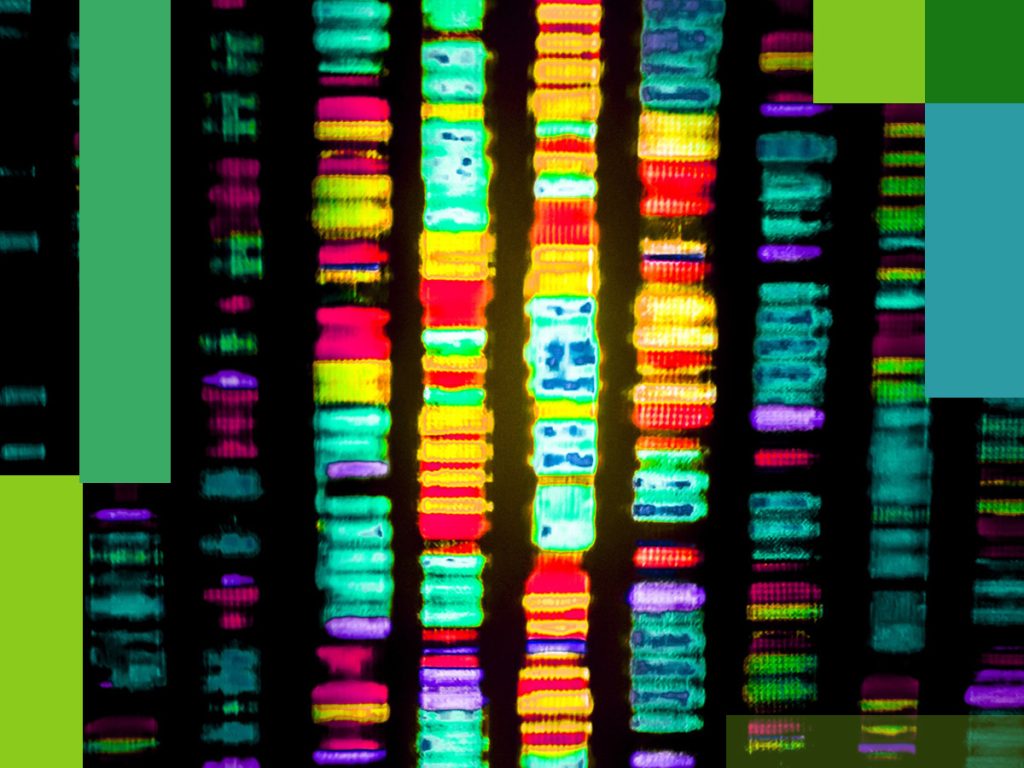This year, you will notice many science fiction things turning into reality. From stories, they become theories and now each and every single one of them is becoming science fact. For the past decade, humankind are experiencing breakthroughs after breakthroughs from medicine to artificial intelligence, genetics, space travel and many more. All in the name of discovery and innovation.
Life science is catching up fast too when it comes to discovery. Researchers and scientists from around the world are working tirelessly to bring us the future early. They want us to ‘taste’ it right here, right now. They brought discoveries and breakthroughs in everything. CRISPR and gene sequencing is just among them. This is the reason why some people say that we are indeed living in the most exciting moment of all time.
Here are the three biggest discoveries being made in life science so far.

Gene sequencing.
What is gene sequencing in the first place? Biology Dictionary describes it as a process to determine the order of nucleotides in a specific DNA molecule. The portal continues to explain that by sequencing a stretch of DNA, it will be possible to know the order in which the four nucleotide bases – adenine, guanine, cytosine, and thymine occur within that nucleic acid molecule.
The finding is extremely useful for researchers to understand the type of genetic information being carried in the DNA, which may affect its function in the body. It can then, in turn, help to detect genetic changes that may be associated with causing certain health condition.
Recently, there have been significant advancements in the technology available for gene sequencing. Did you know that fluorescence-based sequencing methods were introduced to increase both the convenience and pace of the research? The improvement in technology has helped to significantly increase the rate of sequencing and accelerated growth in the related research.

Patients are attacking cancer with their own blood cells.
According to Quartz.com, the US Food and Drug Administration recently approved two gene therapies for certain types of late-stage cancer, and a third for inherited blindness. The cancer treatment, called CAR T-cell therapy, treats cancer in a completely new way by removing a patient’s cells, re-engineering them, and then re-inserting them into the body to go after cancer cells. How interesting is that?
Last year, in November, a one-of-a-kind procedure in Europe has cured a young patient’s junctional epidermolysis bullosa. It is a weird fatal genetic disease that the world had come across. Just a week later in another development, news broke that doctors had successfully edited the genes of a patient in California who had a genetic condition, to cure his disabling disease. The 44-year-old patient, who had a rare disease called Hunter Syndrome, had his blood infused using a gene-editing mechanism aiming to cure the severity of the disease. The Associated Press reported that the treatment was successful.

A world first CRISPR trial editing genes inside the human body.
Back in June 2017, Curiosity magazine highlighted that scientists have successfully utilised the gene-editing technology called CRISPR. It is considered to be the most accessible gene-editing technique so far, inside the human body for the very first time ever.
A new human trial aimed to remove the human papillomavirus (HPV) by applying a gel that carries the necessary DNA coding to the cervixes of 60 women to disable the tumour growth mechanism.
To explain this in a simpler manner, CRISPR is a technique that allows scientists to make precision edits to any DNA. This year, scientists reported selectively altering genes in viable human embryos for the first time. One day, we can safely say that CRISPR could be our ticket to curing all genetic disorders if done right.




